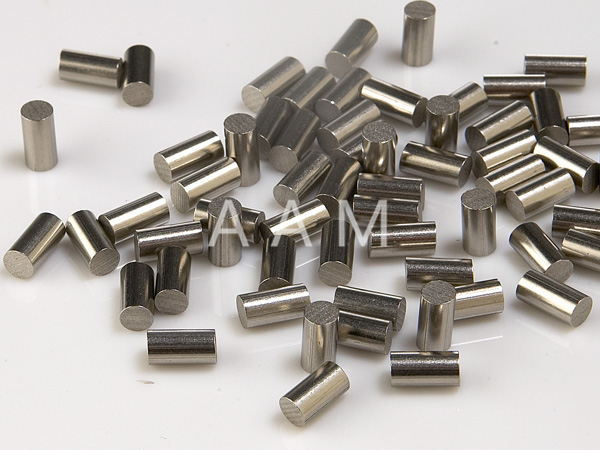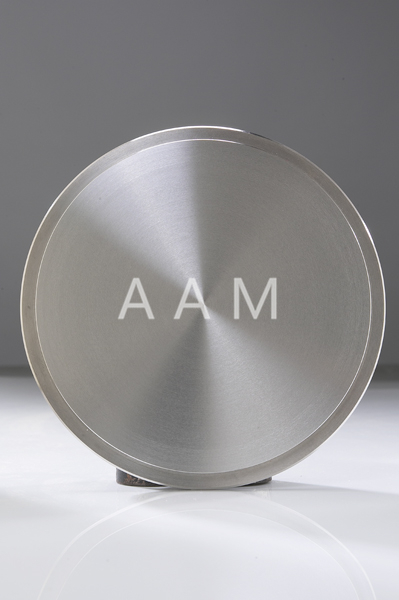What is optical coating material What content does it include
author: Baidu encyclopedia source: Baidu encyclopedia
What are the contents of optical coating materials? Here is a brief introduction to the basic information of target.
There are many reasons for the influence of optical coating on the transmittance of a plane lens. The roughness of the mirror will cause diffuse incident light and reduce the transmittance of the lens. In addition, the optical absorption of the material will also cause some of the incident light source frequency dissipation is particularly serious. For example, the material that absorbs red light looks green. However, these poor processing factors can be removed as much as possible.
Optical coating materials: zirconia, titanium oxide, titanium pentoxide, silicon dioxide, hafnium dioxide, titanium dioxide, titanium dioxide, tantalum pentoxide, niobium pentoxide, alumina, magnesium oxide, yttrium oxide, samarium oxide, praseodymium oxide, tungsten oxide, antimony oxide, nickel oxide, ferric oxide, tin oxide, etc. Cerium dioxide, gadolinium oxide, neodymium dioxide, zinc oxide, bismuth oxide, chromium oxide, copper oxide, vanadium oxide, ytterbium fluoride, yttrium fluoride, samarium fluoride, neodymium fluoride, magnesium fluoride, strontium fluoride, potassium fluoride, lanthanum fluoride, erbium fluoride, dysprosium fluoride, cerium fluoride, barium fluoride, calcium fluoride, sodium fluoride, zinc sulfide, zinc selenide, zinc oxide, oxygen A mixture of titanium oxide and tantalum oxide, zirconia and tantalum oxide.
From the point of view of the existing LCD panel industry, whether it is TFT-LCD? Or AMOLED, substrate glass is an important material for its production. Depending on the display technology, device structure and application scenarios, additional single or multiple layers of glass are required. Therefore, the substrate glass is an important component of liquid crystal display devices, but also one of the key basic materials of the liquid crystal display industry. The substrate glass accounts for about 4% of the production cost of liquid crystal display devices.
Today, the mainstream market demand is G5 generation substrate glass, generally speaking: G5 = 1 100 mm * 1 300 mm; G6 = 1 500 mm * 1 850 mm; G8.5 = 2 200 mm * 2 500 mm. G5 substrate glass is mainly used for mobile devices such as mobile phones, tablet computers, etc. G6 substrate glass is mainly used to produce LCD screens for notebooks or displays, while G8.5 substrate glass is mainly used to cut large size LCD TV display screen. Compared with the lower generation below G6, the higher generation substrate glass above G8.5 can effectively improve the yield and productivity of large-screen LCD panels, while reducing production costs, and thus be able to adapt to the future trend of the development of large-screen, multi-screen era, the future market demand for G8.5 and higher generation substrate glass will be increasing.
There are many reasons for the influence of optical coating on the transmittance of a plane lens. The roughness of the mirror will cause diffuse incident light and reduce the transmittance of the lens. In addition, the optical absorption of the material will also cause some of the incident light source frequency dissipation is particularly serious. For example, the material that absorbs red light looks green. However, these poor processing factors can be removed as much as possible.
Optical coating materials: zirconia, titanium oxide, titanium pentoxide, silicon dioxide, hafnium dioxide, titanium dioxide, titanium dioxide, tantalum pentoxide, niobium pentoxide, alumina, magnesium oxide, yttrium oxide, samarium oxide, praseodymium oxide, tungsten oxide, antimony oxide, nickel oxide, ferric oxide, tin oxide, etc. Cerium dioxide, gadolinium oxide, neodymium dioxide, zinc oxide, bismuth oxide, chromium oxide, copper oxide, vanadium oxide, ytterbium fluoride, yttrium fluoride, samarium fluoride, neodymium fluoride, magnesium fluoride, strontium fluoride, potassium fluoride, lanthanum fluoride, erbium fluoride, dysprosium fluoride, cerium fluoride, barium fluoride, calcium fluoride, sodium fluoride, zinc sulfide, zinc selenide, zinc oxide, oxygen A mixture of titanium oxide and tantalum oxide, zirconia and tantalum oxide.
From the point of view of the existing LCD panel industry, whether it is TFT-LCD? Or AMOLED, substrate glass is an important material for its production. Depending on the display technology, device structure and application scenarios, additional single or multiple layers of glass are required. Therefore, the substrate glass is an important component of liquid crystal display devices, but also one of the key basic materials of the liquid crystal display industry. The substrate glass accounts for about 4% of the production cost of liquid crystal display devices.
Today, the mainstream market demand is G5 generation substrate glass, generally speaking: G5 = 1 100 mm * 1 300 mm; G6 = 1 500 mm * 1 850 mm; G8.5 = 2 200 mm * 2 500 mm. G5 substrate glass is mainly used for mobile devices such as mobile phones, tablet computers, etc. G6 substrate glass is mainly used to produce LCD screens for notebooks or displays, while G8.5 substrate glass is mainly used to cut large size LCD TV display screen. Compared with the lower generation below G6, the higher generation substrate glass above G8.5 can effectively improve the yield and productivity of large-screen LCD panels, while reducing production costs, and thus be able to adapt to the future trend of the development of large-screen, multi-screen era, the future market demand for G8.5 and higher generation substrate glass will be increasing.






